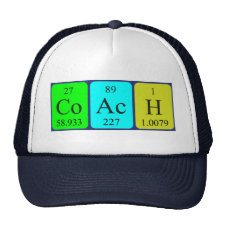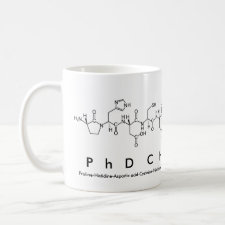Authors: Zhu HJ, Yao H, Xia KX, Liu JX, Yin XL, Zhang WL, Pan JM
Article Title: Magnetic nanoparticles combining teamed boronate affinity and surface imprinting for efficient selective recognition of glycoproteins under physiological pH.
Publication date: 2018
Journal: Chemical Engineering Journal
DOI: 10.1016/j.cej.2018.03.170
Alternative URL: https://www.sciencedirect.com/science/article/pii/S138589471830528X
Abstract: Boronate-functionalized surface imprinted nanoparticles that function under physiological pH would be highly desirable for specific enrichment of target glycoproteins. In this work, magnetic molecularly imprinted polymers integrated with low pKa teamed boronate affinity (Fe3O4@PGMA-TBA/MIPs) were fabricated for selective separation of glycoprotein at pH=7.4. The teamed boronate affinity (TBA) was formed by boron-nitrogen (B-N) coordination between 1,6-hexamethylenediamine and 3-aminophenylboronic acid, and then was fixed on the surface of magnetic poly(glycidyl methacrylate) (Fe3O4@PGMA) through ring-opening reaction. After immobilizing the template glycoproteins (ovalbumin, OVA), surface imprinting layer was deposited onto Fe3O4@PGMA-TBA surface via redox polymerization of aniline, and Fe3O4@PGMA-TBA/MIPs with obvious core-shell-shell structure were prepared by removing template. Fe3O4@PGMA-TBA/MIPs were demonstrated with an imprinted polymer film (10-20 nm) and exhibited superparamagnetic property (Ms =32 emu g-1) and magnetic stability after multiple regenerations. Besides, the results of 11B MAS NMR spectrum and zeta potentials confirmed the presence of TBA resulting from B-N coordination. Additionally, taking advantage of surface imprinting and TBA, as-prepared Fe3O4@PGMA-TBA/MIPs posed high binding capacity (190.7 mg g-1) and fast capture kinetics (50 min) toward OVA under physiological pH. More importantly, because of the TBA was electroneutral at pH=7.4, Fe3O4@PGMA-TBA/MIPs not only exhibited superior specific recognition toward OVA (imprinting factor IF=7.51), but also maintained the activity of OVA from practical samples analysis. Therefore, this work opened up a universal route for developing intelligent controllability molecular imprinting materials for the specific separation of glycoproteins in biomedical filed under physiological pH
Author keywords: Teamed boronate affinity, Surface imprinting, Glycoprotein separation, Neutral condition, Magnetic nanocomposite



Join the Society for Molecular Imprinting

New items RSS feed
Sign-up for e-mail updates:
Choose between receiving an occasional newsletter or more frequent e-mail alerts.
Click here to go to the sign-up page.
Is your name elemental or peptidic? Enter your name and find out by clicking either of the buttons below!
Other products you may like:
 MIPdatabase
MIPdatabase









